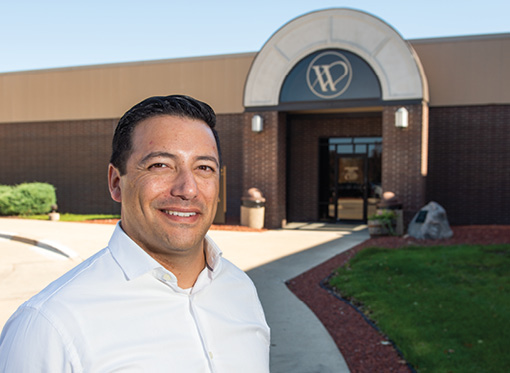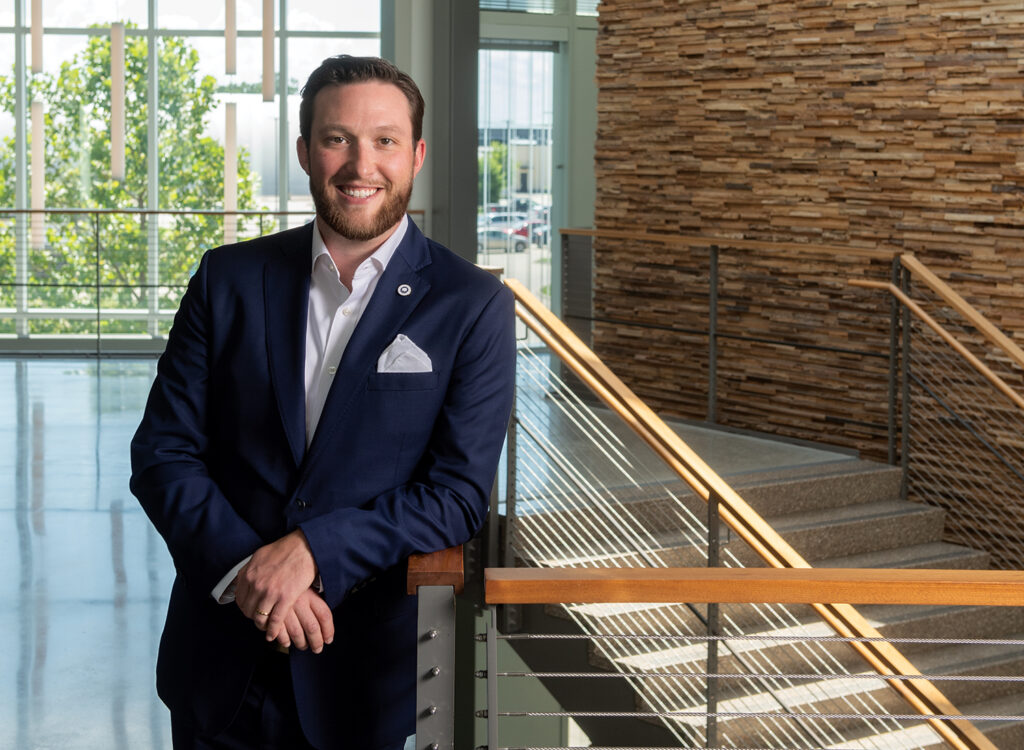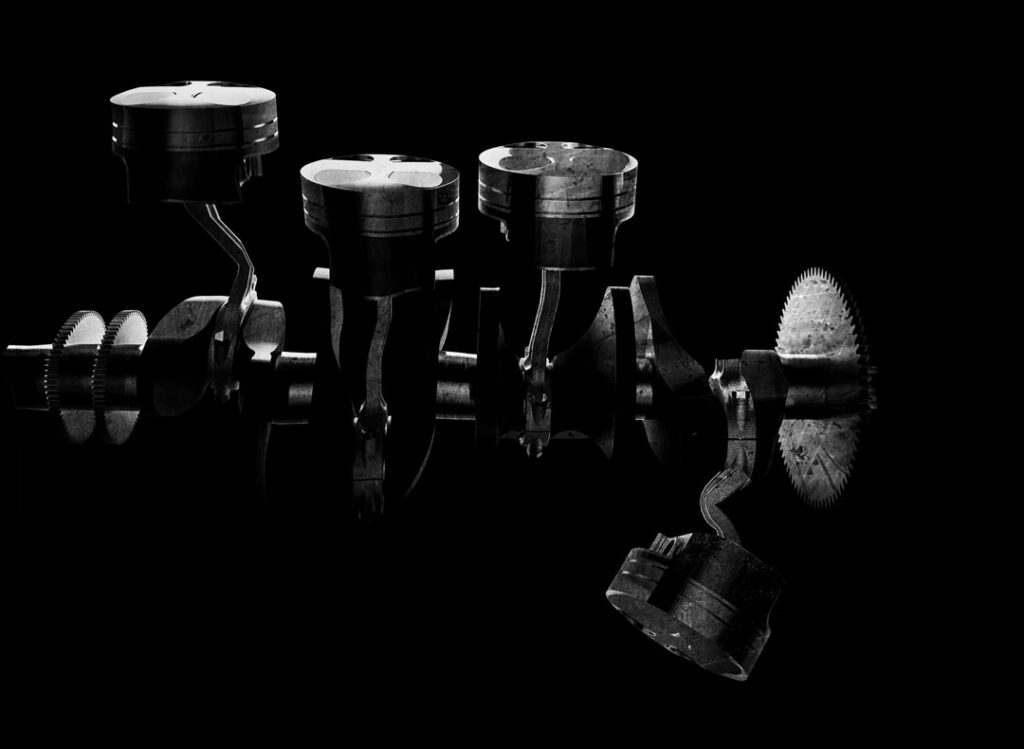Driving the future
DART signs Uber, tweaks routes, eyes finances

PERRY BEEMAN Oct 17, 2019 | 3:49 pm
6 min read time
1,367 wordsBusiness Record Insider, TransportationIt’s been quite a run in the past few years at DART, the Des Moines Area Regional Transit Authority.
There was talk of a train-like bus service, bus rapid transit that had a lot of support but couldn’t get off the ground. There were several major updates to its long-range planning, and the agency is getting ready for another.
Every time area residents are polled about what they want, it becomes clear that the transit system and mobility efforts in general aren’t delivering everything young adults and other commuters want. Some cities withdrew from the agency. The board was revamped to improve suburban representation.
There are polished plans for more modern bus shelters sporting art, mobility hubs that would offer rental cars and rental bikes, and e-scooters that could find their way to the front of buses, if approved.
But even Greater Des Moines’ historically undersized mass transit system isn’t cheap. The same consultants who sized up possible expansions to the system have discovered that even keeping what we have will be a financially losing proposition in the not too distant future. And many want more. DART now sees itself as a mobility agency — the days of simple bus routes are gone.
DART — statistically shown to be more thrifty financially than many of its peers — approached lawmakers last year to ask for permission to charge higher property taxes. DART is a transit authority under state law, and that means lawmakers set the lid on the levy even though local elected officials make up the board of the locally financed, locally run system.
The DART commissioners would have to vote to raise the levy, but they haven’t been given the opportunity. State lawmakers didn’t give the proposal so much as a sniff last year, though DART officials say talks will continue.
A milestone
We’re at another crossroads with DART. For example, a revamped on-demand transit service in the western suburbs will include the agency’s first partnership with Uber and possibly other ride services.
The commission has decided to focus on improvements that address job needs, health care and education as top priorities. At the same time, it is reassessing its funding model and continuing to look for efficiencies. Scott Raecker, executive director of the Robert D. and Billie Ray Center at Drake University, is helping facilitate the discussions.
“We are looking at diversified funding,” said CEO Elizabeth Presutti. “Property taxes have limitations and they are not super popular locally or anywhere else.”
Among the possibilities is more corporate support. There are more than 20 businesses covering the cost of bus fares for employees who ride free. One of the more recent additions was Wittern Group in Clive, along University Boulevard.
“The most exciting thing for us is that we are talking about it and people understand the importance of mobility and the economic development aspect,” Presutti said. Employers are offering the free bus passes as a perk to attract and keep workers in a very tight labor market.
Consultant HNTB, which did an earlier funding study for DART, will be analyzing the work and surveys DART has done before launching into a new analysis. HNTB will be working with subcontractors Shared Use Mobility Center, a think tank in Chicago. “They look at all this shared use from e-scooters to Uber and how that world is changing. They will be looking at the at regional mobility model assessment for us,” said Amanda Wanke, DART’s chief external affairs officer.
San Diego-based Transportation Management & Design Inc., which has worked with DART for years, also is involved.
“We are looking at our operations and everything we are doing to be as effective and efficient as possible,” said West Des Moines Councilman Russ Trimble, a DART commission member who is on a planning committee that includes Des Moines Councilman Josh Mandelbaum.
Mandelbaum said DART is trying to make sure the whole metro area is served, and is reviewing how much each community pays for the service it gets.
“This is a regional system, and collaboration and joint buy-in are really what is key,” said Mandelbaum.
Surveys to check demand
DART has a good idea what the public wants, based on its own surveys, meetings and the work of Capital Crossroads, said Wanke. The trick now is to figure out what the next version of DART will look like, she added.
The consultants will be looking at how likely people are to ride mass transit, and they’ll be using newly available cellphone data to study how people move through the area. Part of that will be looking at where they began and ended their trips. (The Des Moines airport uses similar data from a private source.)
“When we first saw that data, it was like, ‘Ooh, that feels a little creepy,” Wanke said. “But it’s really helpful. They don’t have personal identifiers. It will help us see if travel patterns have changed significantly enough to warrant adjusting how our current service is structured. It was 2012 when Central Station opened and our current service was designed.”
The general push will be to decide what the system should be in the future, Wanke said. “Is the system as efficient and effective as it can be? And are we leveraging current and modern technology?”
The “how do we pay for it” discussion will include commission debate this fall and winter over changing the levy formula, Wanke said. “Exactly how that is going to proceed is still being determined.”
The consultant’s study begins with a market analysis and performance evaluation this fall and a review of analyses in December. A look at the system model follows in March, and public outreach is set for spring 2020. Draft recommendations should be ready by next summer, with a final report and recommendations by fall 2020.
Major route changes
DART on Oct. 13 rolled out some major route changes that are intended to better serve some low-income housing complexes, make it easier for some riders to get across town without going through Central Station, and improve the on-demand service.
Route 11 will be extended to the Deer Ridge neighborhood, where low-income residents, including refugees, had pushed for service at an apartment complex on the south bank of the Raccoon River south of Valley Junction in West Des Moines. The bus stop will expand on an earlier shuttle service in the area. Route 11 goes from West Des Moines to Central Station downtown.
Another change that took effect Oct. 13 is the first partnership with Uber and Trans Iowa cab company.
DART wanted to improve a confusing flex system. In an area in the northwest part of the metro, riders will able to use Uber or Trans Iowa to get from three parking areas to a bus route. A code will cover the Uber and Trans Iowa rides. “We expect we will see a cost savings over having to have a bus in that area,” Wanke said. A geofence will mark the area getting the service, which will run 5:30 a.m. to 6:30 p.m. Monday through Friday from the three park-and-ride lots. It’s a 12- to 18-month pilot. The contracts with the two services are capped at $50,000 each, which combined is less than what the standing Route 73 was costing.
The rides must begin or end at Gloria Dei, Buccaneer Arena, or Merle Hay Mall.
All flex routes across DART have been eliminated. Those were routes where people could ask to be picked up in a wider area. They were underused.
This project and other changes to the system in October are designed to be cost-neutral, Wanke said.
A new loop route in West Des Moines will run between Valley Junction and Jordan Creek Town Center. It replaces the abandoned on-demand service.
Some routes have been expanded to improve service within West Des Moines, including a route between Valley West and Jordan Creek Town Center.
The express Route 93 along 86th Street in Johnston will be extended to serve Grimes, part of another move to replace flex routes.
There also is talk of a new operations center for DART, whose maintenance facility is in an area that has both flooding issues and heavy development pressure.










